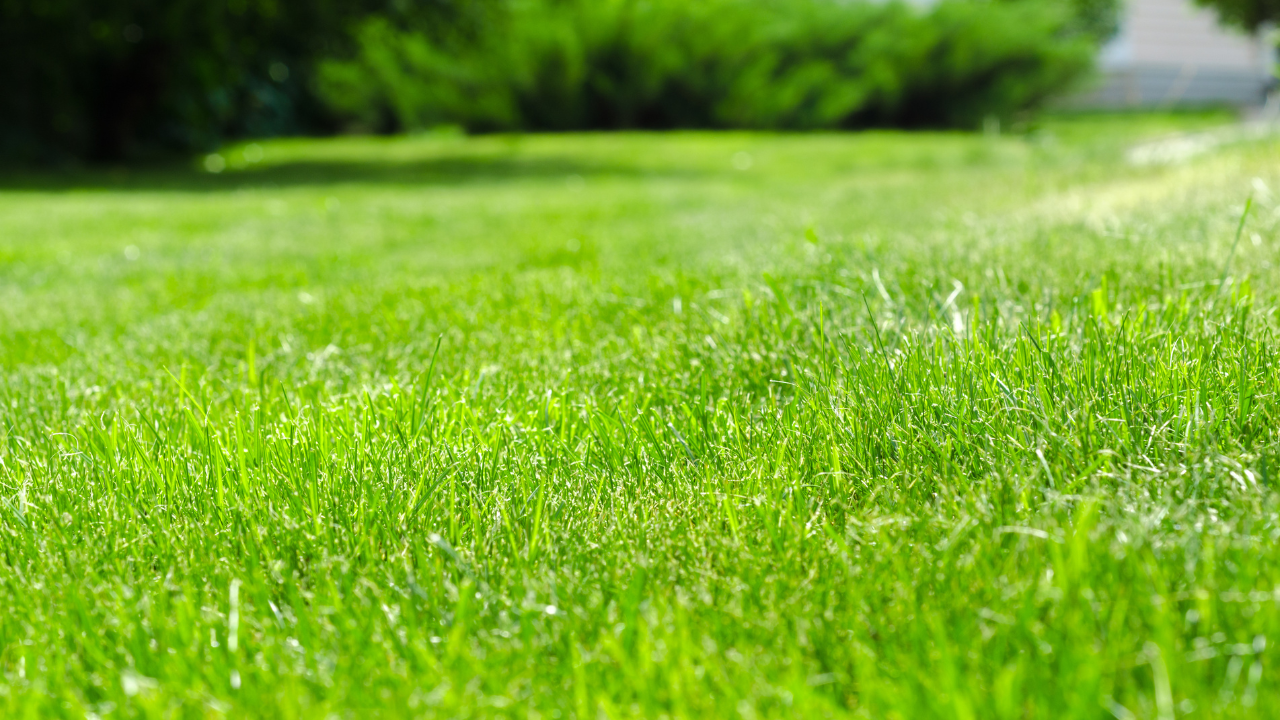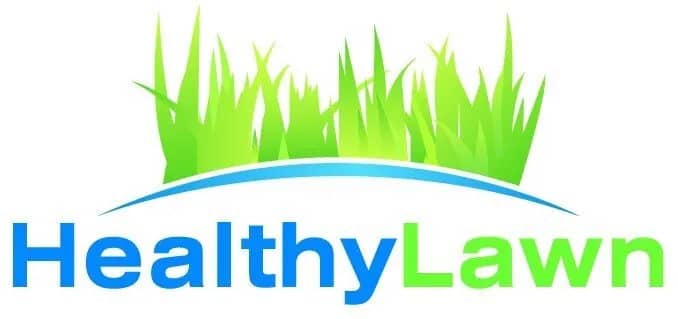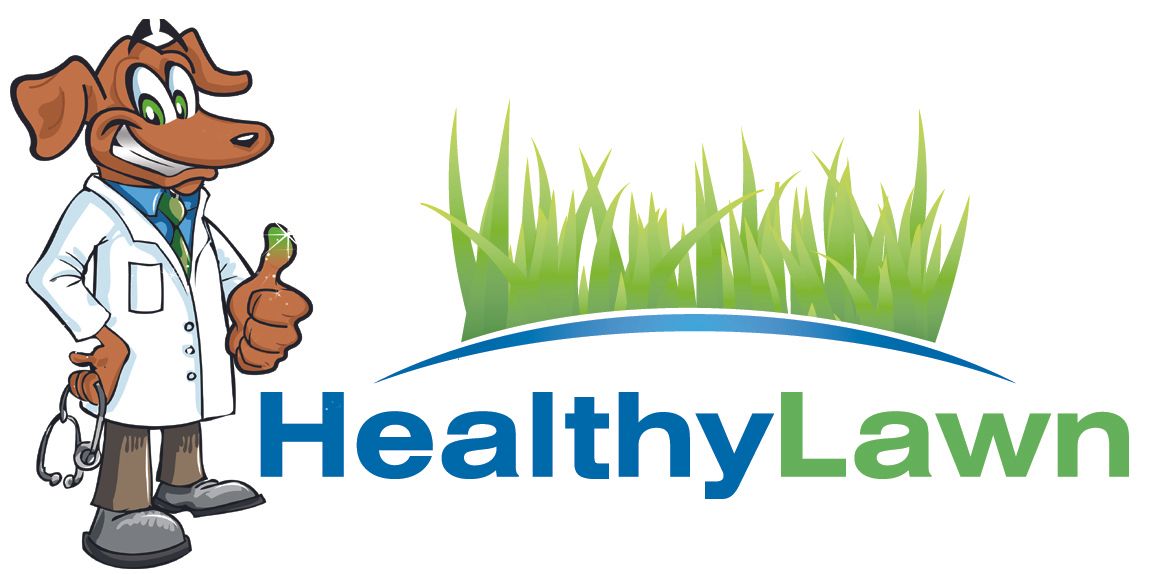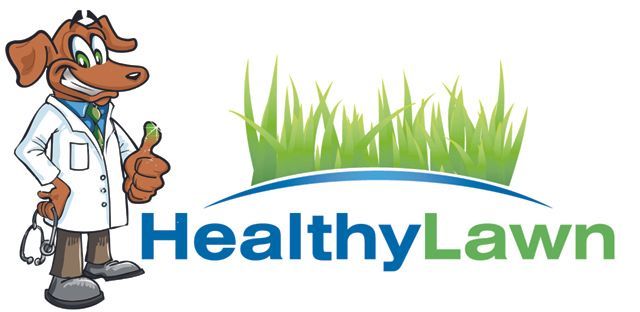Benefits of Fertilizing your Lawn in New Jersey
A well-manicured, lush lawn is more than just a visual delight – it's a testament to the care and dedication you invest in your property. While a beautifully maintained lawn is a source of pride, achieving that verdant expanse requires more than regular mowing and watering. From boosting curb appeal to supporting local ecosystems, fertilization offers an array of advantages that extend far beyond aesthetics. Here are the benefits of fertilizing your lawn.

The Green Path to a Lush Lawn: Unveiling the Benefits of Lawn Fertilization in New Jersey
Enhanced Growth and Vibrancy
Lawn fertilization will provide your lawn with the essential nutrients it needs to flourish. Nitrogen, phosphorus, and potassium are the primary nutrients that promote healthy growth. By replenishing these nutrients through timely fertilization, you encourage robust root development, leading to thicker, more vibrant grass. In the context of New Jersey's diverse climate, a carefully planned fertilization schedule can help your lawn withstand the region's variable weather conditions.
Improved Disease Resistance
A well-fertilized lawn is better equipped to resist diseases and pests. Nutrient-rich grass is inherently more robust, making it less susceptible to the invasion of harmful insects and pathogens. By maintaining the health of your lawn, you reduce the need for chemical interventions and create a harmonious environment for both your family and local wildlife.
Increased Property Value
Curb appeal plays a pivotal role in determining the value of a property. A well-maintained, lush lawn significantly enhances the overall appearance of your home. Whether you're considering selling or just want to elevate your property's value, a healthy lawn achieved through regular fertilization can make a substantial difference.
Weed Suppression
A dense, thriving lawn is nature's best defense against weeds. When your grass is thriving and occupying the available space, it leaves minimal room for weeds to establish themselves. Proper fertilization supports the growth of a robust turf that naturally competes with and suppresses weed growth, reducing the need for excessive herbicide use.
Soil Health and Aeration
Fertilization isn't solely about feeding the grass; it also nurtures the soil beneath. Over time, the nutrients in fertilizers contribute to improved soil structure and nutrient availability. Moreover, a healthy lawn encourages better soil aeration as its roots penetrate deeper into the ground, facilitating oxygen and water flow.
The benefits of lawn fertilization in New Jersey extend beyond mere aesthetics. From nurturing a vibrant, disease-resistant lawn to contributing to a healthier environment, the advantages are multi-faceted. By recognizing the value of well-planned fertilization, you embark on a journey toward sustainable lawn care that harmonizes with the natural beauty of the Garden State. So, take a step toward a greener future, where your lawn becomes a canvas of ecological harmony and visual splendor.
Fertilization and Weed Control Program
Let the experts at Healthy Lawn keep your lawn weed-free throughout the year.
When Should you Fertilize Your Lawn?
In New Jersey, the best time to fertilize your lawn depends on the type of grass you have and the specific growing conditions in your area. However, as a general guideline, here's when you should consider fertilizing your lawn:
- Early Fall
- Late Spring
The primary periods for fertilization are in the early fall and late spring.
Fall: The most important time for fertilization is in early fall, typically around September. This helps the grass recover from the stress of summer and promotes root growth before winter.
Spring: You can also fertilize in late spring, around April to early June, to support the grass's growth as it comes out of dormancy.
Late Spring to Early Summer: Fertilize warm-season grasses in late spring to early summer, around May to June. This supports their growth during their peak growing season.
Late Summer: You can also consider a light application of fertilizer in late summer, around August. This helps maintain their health going into the fall.


